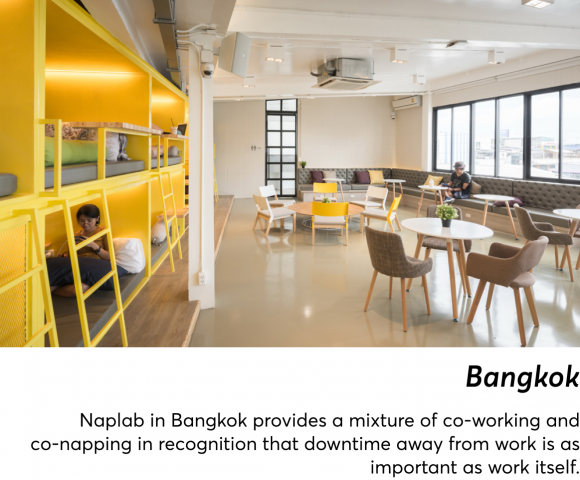- 2 Minute Read
- 07th August 2019
Niche spaces on the rise
Office Freedom tracks 70% increase in new flexible workspace operators.*
- New flexible workspace registrations more than double year on year
- 70% growth in new flexible workspace operators year on year
- Niche spaces expanding across Europe and Asia
According to the latest data from Office Freedom, new flexible workspaces and new workspace operators are both experiencing rapid growth. In the first six months of 2019 Office Freedom added 898 spaces to its portfolio, more than double that of the same period last year. In the same timeframe there has been a 70% growth in the number of new operators registering space with us (143 in 2019 vs 84 in 2018).
*Jan-Jun 2018 vs. Jan-Jun 2019




Flexible workspaces to grow by 56% in the next four years
According to Coworking Resources the global flexible workspace market is set to grow by 56% between 2018 and 2022. With volumes growing from 16,599 spaces in 2018 to a predicted 25,968 spaces in 2022. As the market expands there is increased competition which naturally means that attracting and retaining new customers is paramount. It’s this desire to stay competitive and thrive that’s fuelling the expansion of niche spaces for certain business types e.g. health, tech, music, legal, film.
To enhance their appeal, niche spaces are offering experiences such as co-living or childcare and they are opening in spaces considered to be underutilised real estate such as hotels, restaurants and retail outlets.
Global investment in niche spaces
In June 2019, it was reported that New York based start-up Alma raised another $8M for its community and shared space for mental health professionals. The Wing, which describes itself as a members-only network full of work and community spaces for women has already received nearly $117M in investor funding.
The trend of creating flexible spaces for particular groups of people is especially interesting considering the diverse range of groups that are now catered for.




Niche spaces expanding across Europe and Asia





